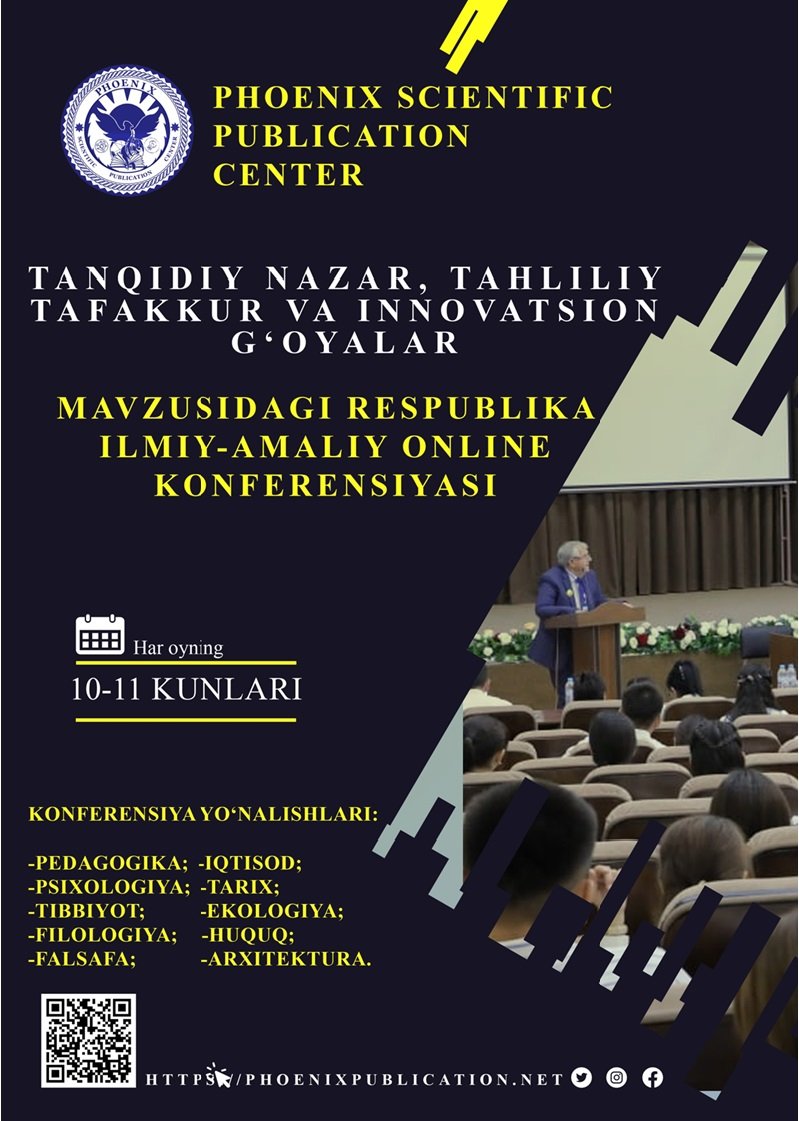Abstract
This study examines how creative and innovative approaches enhance the effectiveness of foreign language instruction in higher education. It emphasizes a transition from traditional, teacher-centered pedagogy to learner-centered, technology-integrated methods that improve communicative competence, engagement, and learner autonomy. The article highlights strategies such as project-based learning, gamification, and digital storytelling as tools to foster real-world language use and critical thinking. Drawing on established pedagogical frameworks and classroom-based reflections, the paper argues that creativity and innovation are key drivers of effective, modern language education.
References
1. Brown, H. D. (2007). Principles of language learning and teaching (5th ed.). Pearson Longman.
2. Fullan, M. (2013). The new pedagogy for deep learning. OECD Publications.
3. Harmer, J. (2015). The practice of English language teaching (5th ed.). Pearson Education.
4. Richards, J. C., & Rodgers, T. S. (2014). Approaches and methods in language teaching (3rd ed.). Cambridge University Press.
5. Thornbury, S. (2012). How to teach speaking. Longman.
